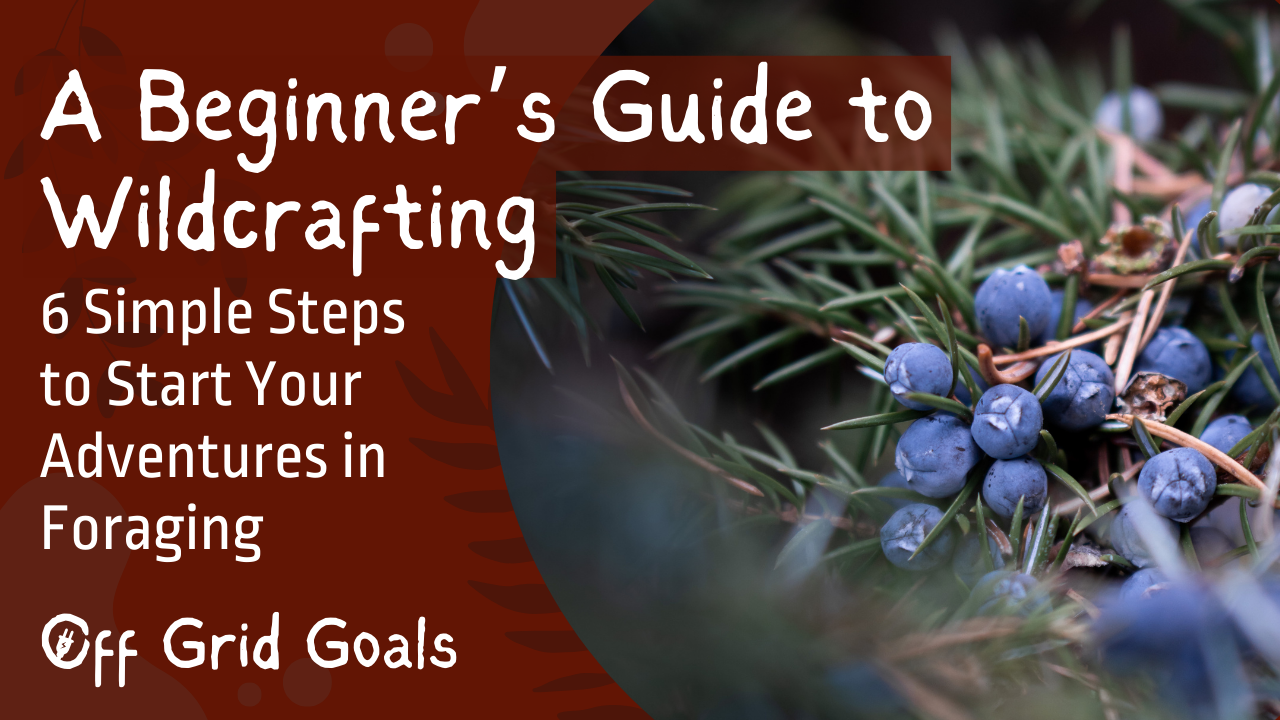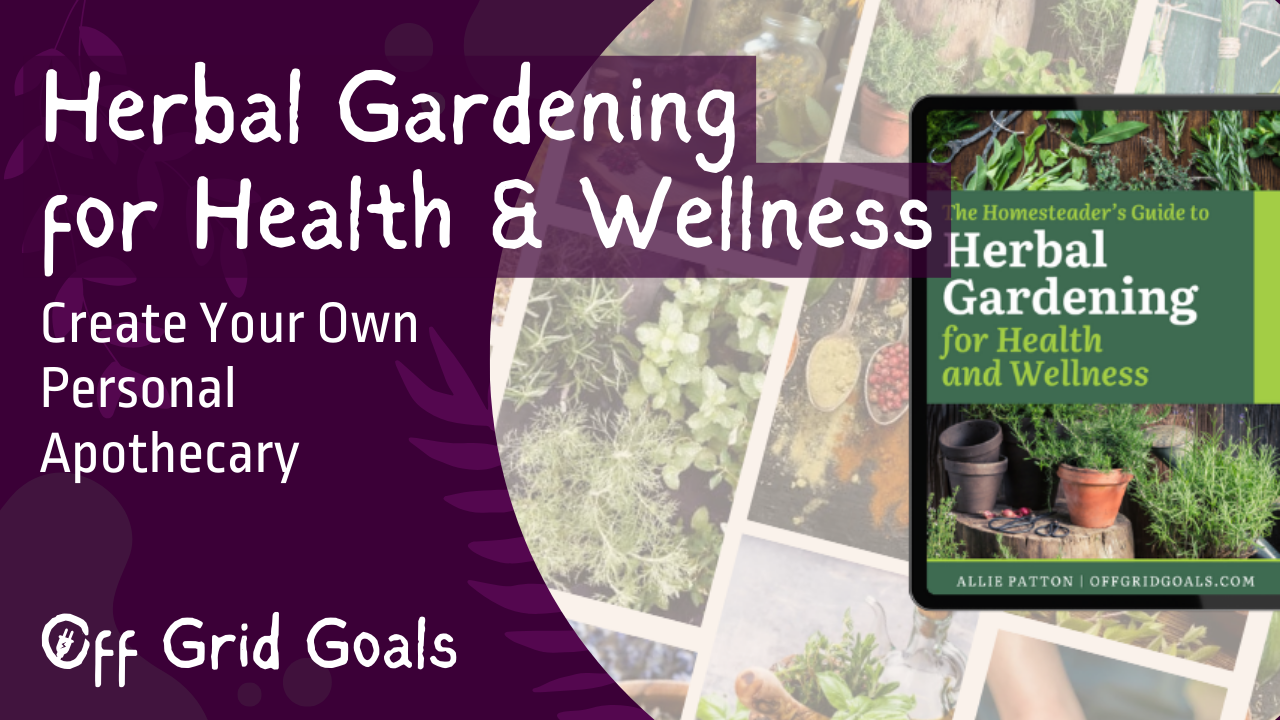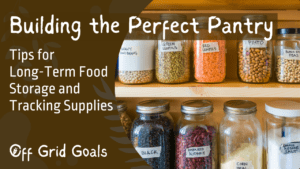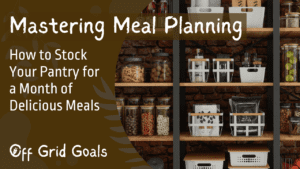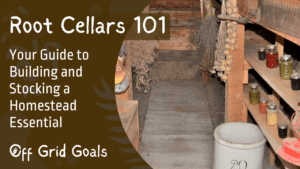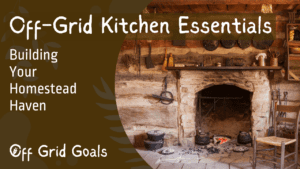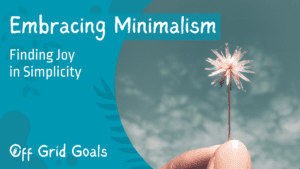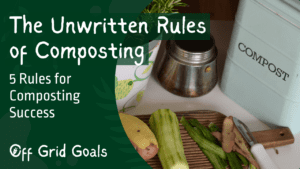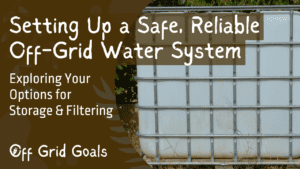Are you drawn to the idea of foraging for wild plants, herbs, and materials, but not sure where to start?
Wildcrafting, the age-old practice of responsibly gathering natural resources from the wilderness, offers a journey of discovery and connection with the natural world.
Whether you’re interested in herbalism, sustainable living, or simply exploring the outdoors, let’s dive into the essential steps to get started on your wildcrafting journey.
Step 1: Cultivate Curiosity and Respect for Nature
Approach wildcrafting as a journey of discovery and learning, guided by a deep respect for the earth and its inhabitants.
Stay curious–with respect and reverence for the natural world. Take time to observe the plants, animals, and landscapes around you with a sense of wonder and appreciation.
Learn to recognize the interconnectedness of all living beings and the delicate balance of ecosystems.
Step 2: Study Local Flora and Fauna
Familiarize yourself with the plants, herbs, fungi, and materials found in your local environment. Invest in field guides, botanical books, and online resources that provide comprehensive information on plant identification, habitat, and seasonal availability.
Take guided nature walks, attend workshops, and join local foraging groups to learn from experienced wildcrafters and naturalists.
Start by focusing on a few common and easily identifiable plants before expanding your repertoire.
Step 3: Learn Ethical Harvesting Practices
Responsible wildcrafting involves adhering to ethical guidelines that prioritize the well-being of the environment and its inhabitants.
Learn about sustainable harvesting practices, including selective harvesting, avoiding over-harvesting, and respecting protected species and habitats. Familiarize yourself with local regulations, permits, and land use policies governing wildcrafting activities in your area.
Practice Leave No Trace principles to minimize your impact on the environment and leave the wilderness pristine for future generations.
Step 4: Develop Plant Identification Skills
Accurate plant identification is essential for safe and successful wildcrafting. Learn to identify key characteristics of plants, including leaves, flowers, fruits, and growth habits.
Click here for books and apps to help!
Pay attention to botanical terms and terminology used in plant identification guides.
Practice observing plants in their natural habitats and honing your identification skills through hands-on experience. Take note of plant families and patterns in nature, which can aid in recognizing related species.
Step 5: Start Small and Be Patient
As with any new skill, learning wildcrafting takes time, patience, and practice.
Start by focusing on a few easily identifiable plants or materials that have clear medicinal, culinary, or crafting uses. Experiment with harvesting, processing, and using wildcrafted resources in a safe and responsible manner.
Keep a journal to record your observations, experiences, and discoveries along the way. Be open to learning from setbacks and mistakes, and embrace the journey of continuous learning and growth.
Step 6: Connect with Community and Share Knowledge
Wildcrafting is a journey best shared with others who share your passion for nature and sustainability.
Connect with like-minded individuals, local foraging groups, herbalists, and naturalists to exchange knowledge, experiences, and resources.
Participate in community events, workshops, and gatherings focused on wildcrafting, herbalism, and sustainable living.
Share your own insights, discoveries, and tips with others, fostering a sense of community and mutual support.
Ready? Lace up your boots, grab your field guide, and step into the wilderness with an open heart and a spirit of reverence. The wonders of wildcrafting await!

